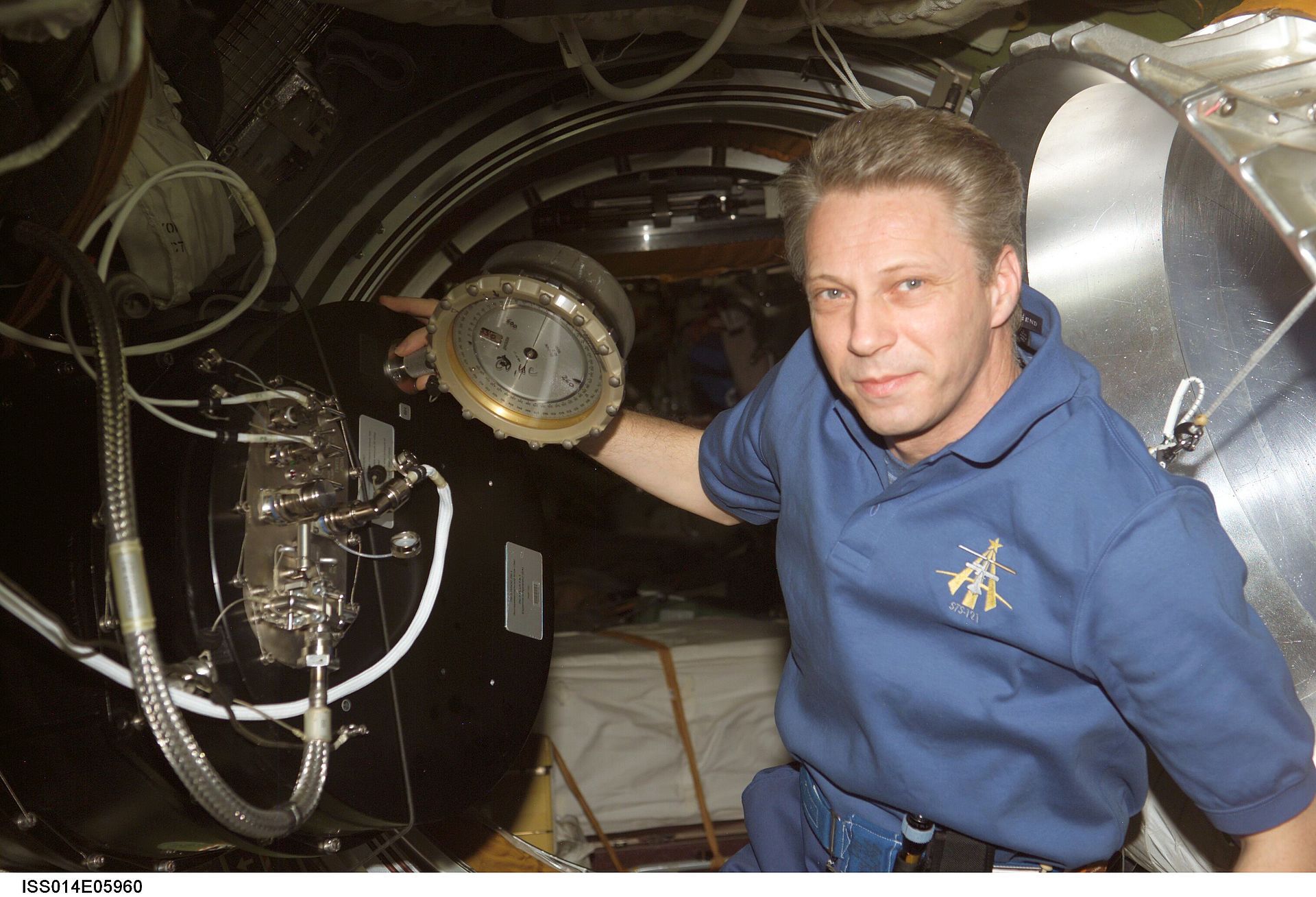
Oberpfaffenhofen, 31 March 2021. Over the past 20 years, very successful basic research with plasma crystal systems has been carried out on board the International Space Station ISS. OHB System AG, a member of the space and high-tech group OHB SE, has been playing a key role from the outset. The current PK-4 research laboratory is a joint European-Russian project that has just been used for the eleventh time.
The ISS is an ideal place for researching plasma crystals as they can float freely in gravity-free conditions and are therefore not limited to a few lattice levels. Thanks to the cooperation between cosmonauts and the experts on earth, research can be carried out in a variety of different ways. “Over the years, we have proven ourselves as a partner to the German, European and Russian space agencies, because we know how to translate scien-tists’ requirements into reliable research facilities suitable for space travel,” explains Dr. Andreas Winkler, Director Exploration, Science and Astronautical Space. “PK-4 can be used to systematically investigate how microparticles behave in complex plasmas.”
The data derived from the experiments and the technology developed provide basic knowledge and are used to answer various astrophysical questions and to develop future applications in semiconductor technology or medicine. Over a hundred scientific publications testify to the importance and potential of complex plasmas. The experiments carried out so far with different systems and objectives have generated a considerable amount of data, which has already expanded and deepened our understanding of the physics of condensed matter.
“The eleventh PK-4 campaign focused on the stimulation of turbulent flows, collisions of particle clouds with different particle sizes, stimulation of shear fluxes by means of laser radiation and limitation of wave phenom-ena, all topics from liquid physics,” explains Dr. Hubertus Thomas from the German Aerospace Center (DLR), who heads the Complex Plasmas Group of the Institute of Materials Physics in Space at the German Aero-space Center (DLR) and is responsible for scientific work with PK-4 on the German side. “The data that was transmitted to us live during the experiments shows that the system worked perfectly and we received interest-ing data that provides us with deep insights into these physical phenomena.”
PK-4 is number 3
PK-4 was installed on board the space station in 2014 as a permanent research facility in the European Co-lumbus module. It is the third plasma crystal laboratory for the ISS in which OHB is materially involved. The first system, PKE-Nefedov, was installed in March 2001 on the then still quite new space station with its first perma-nent crew.
The PK-4 research laboratory uses a direct current discharge to generate three-dimensional complex plasmas, which vaguely look like cloud formations, in a glass tube filled with a noble gas. “Together with the scientists, we designed the PK-4 laboratory specifically for the investigation of the liquid phase of complex plasmas at the kinetic level,” explains Roland Seurig from the OHB Space Center for Optics and Science in Oberpfaffenho-fen near Munich. “The purpose is to investigate flow properties such as turbulence in the cloud of microparticles generated. This creates self-organizing effects such as chain and line formation, segregation, vortex formation and synchronization. Complex plasmas and the work with the cosmonauts have lost nothing of their fascination even after many years.”
PK-4 is housed in the EPM (European Physiology Module) rack, for which OHB is also responsible and makes sure that PK-4 is supplied with sufficient power and is cooled properly.
Coronavirus necessitating changes to proven workflows
Usually there are two main locations for the PK-4 missions: the Columbus laboratory in space and the CAD-MOS Ground Control Center in Toulouse. The EPM ground infrastructure ensures that the experiments can be controlled from the ground and that the data is made available to the researchers. As a result of the coronavirus pandemic, the scientists were no longer able to supervise the experiments at CADMOS but switched instead to remote control. In this way, it was possible to observe and control the experiments from different locations.
OHB improving transmission of experiment data
A further two PK-4 missions are planned for 2021, followed by three for 2022. Starting with the third research mission in 2021, everything is to proceed far more quickly. The experiment data recorded will be transmitted from the ISS directly to the ground station in Oberpfaffenhofen, where it will be relayed to CADMOS and the scientists involved. The necessary hardware and software supplied by OHB for CNES/CADMOS will be taken to the ISS in July 2021 on board a Progress spacecraft. This new data transfer method will eliminate the complex transportation of hard disks to and from the space station, giving the scientists quicker access to the experimental data.
Contact for media representatives:
Marianne Radel
Head of Corporate Communications
Phone: +49 421 2020 9159
Email: marianne.radel@ohb.de
Contact for investors and analysts:
Marcel Dietz
Investor Relations
Phone: +49 421 2020 6426
Email: ir@ohb.de
